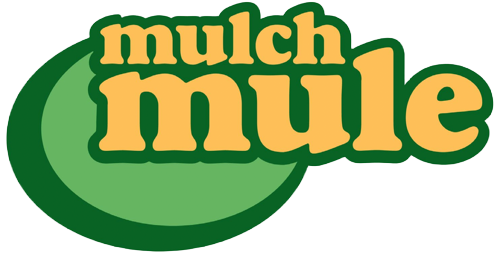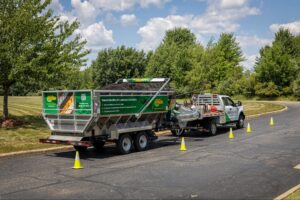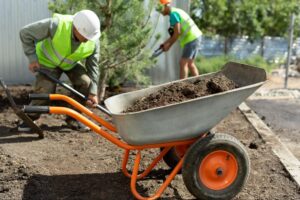Regular safety meetings are essential for landscaping teams, ensuring worker well-being and operational efficiency. These meetings address workplace risks, refine safety practices, and foster a culture of accountability. In an industry that demands physical labor and the use of heavy equipment, proactive safety discussions are key to reducing injuries, cutting costs, and enhancing productivity. We also touch on how innovative equipment like the Mulch Mule Trailer supports safety and efficiency.
This article explores the role of regular safety meetings in creating safer, more productive teams. It explains how these sessions help reduce workplace injuries and improve team morale while providing practical tips for conducting effective meetings.
The Value of Regular Safety Meetings for Landscaping Teams
Landscaping involves diverse challenges, from intense physical work to adverse weather and complex equipment. Without proper precautions, these challenges can lead to accidents and inefficiencies. Regular safety meetings create a forum to review protocols, identify hazards, and discuss best practices, ensuring teams remain vigilant and prepared.
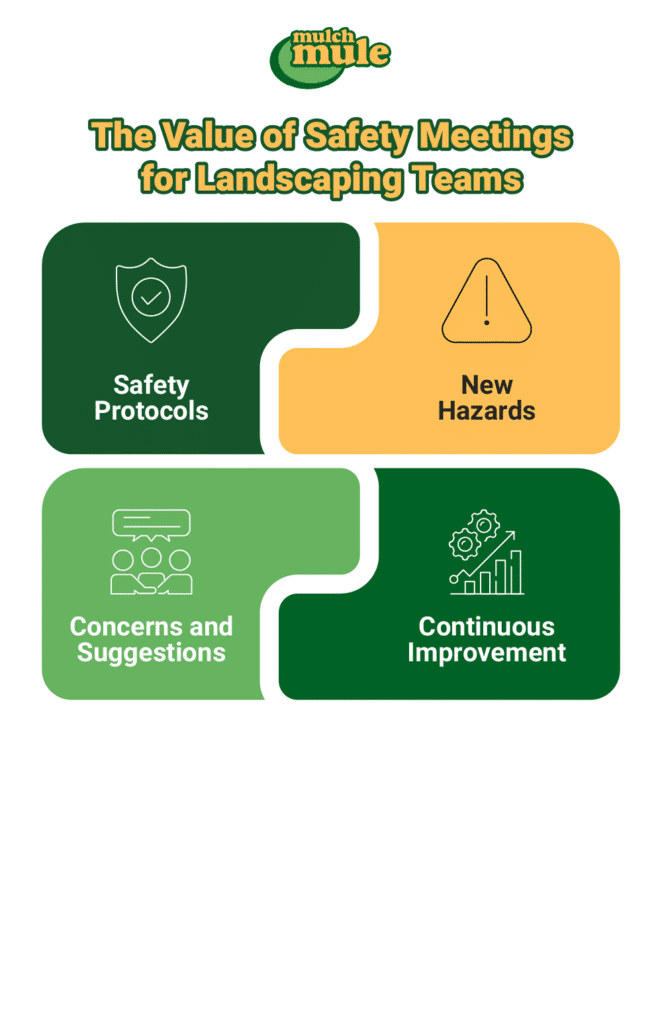
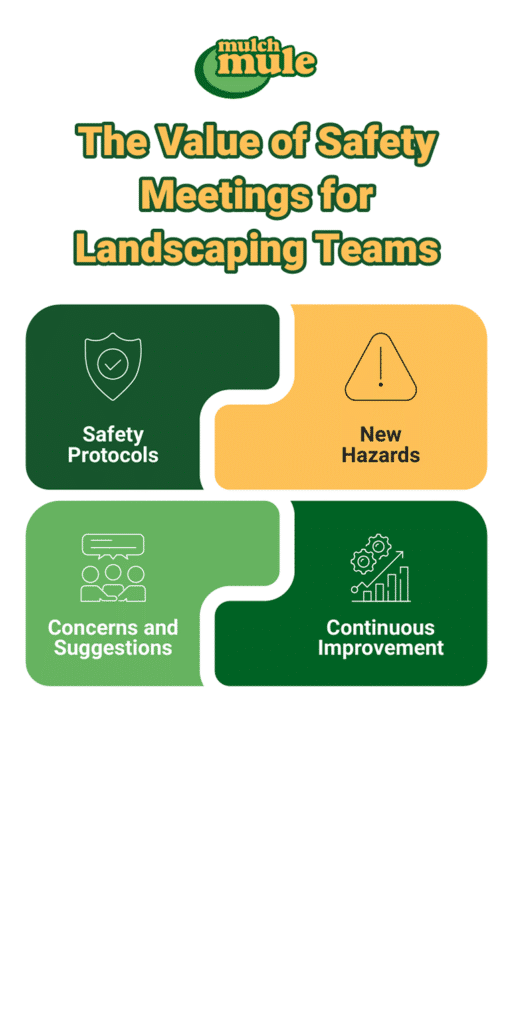
Such meetings serve to:
- Reinforce safety protocols.
- Address new or seasonal hazards.
- Provide a space for sharing concerns and suggestions.
- Promote continuous improvement and accountability.
Embedding safety into daily routines not only protects workers but also safeguards project timelines and reduces costs associated with accidents.
Why Safety is Critical in Lawn Care Operations
The physical demands of landscaping introduce risks such as repetitive strain, injuries from heavy equipment, and accidents from environmental hazards. Prioritizing safety minimizes these risks, thereby protecting employees and preserving the company’s profitability.
Physical Labor and Repetitive Stress
Landscaping tasks like digging, lifting, and raking can lead to cumulative injuries if not performed with proper techniques. Safety meetings help reinforce correct body mechanics and encourage the use of ergonomic tools. Training on proper lifting and the utilization of advanced equipment can reduce the likelihood of injuries and long-term strain.
Equipment Hazards
Landscaping teams operate a range of tools and machinery daily. Improper maintenance or use of these tools can lead to accidents. Regular safety meetings provide a chance to review equipment operation best practices, ensuring that everyone knows how to conduct pre-use inspections and handle tools safely.
Cost and Reputation Impact
Accidents in the workplace lead to costly medical expenses, lost work hours, and increased insurance claims. More importantly, they can tarnish a company’s reputation. A robust safety culture helps prevent these issues, saving money and reinforcing the trust of clients and employees alike. Hearing from customer success stories also highlights how strong safety measures can enhance credibility and retention of top talent.
Benefits of Regular Safety Meetings for Lawn Care Companies
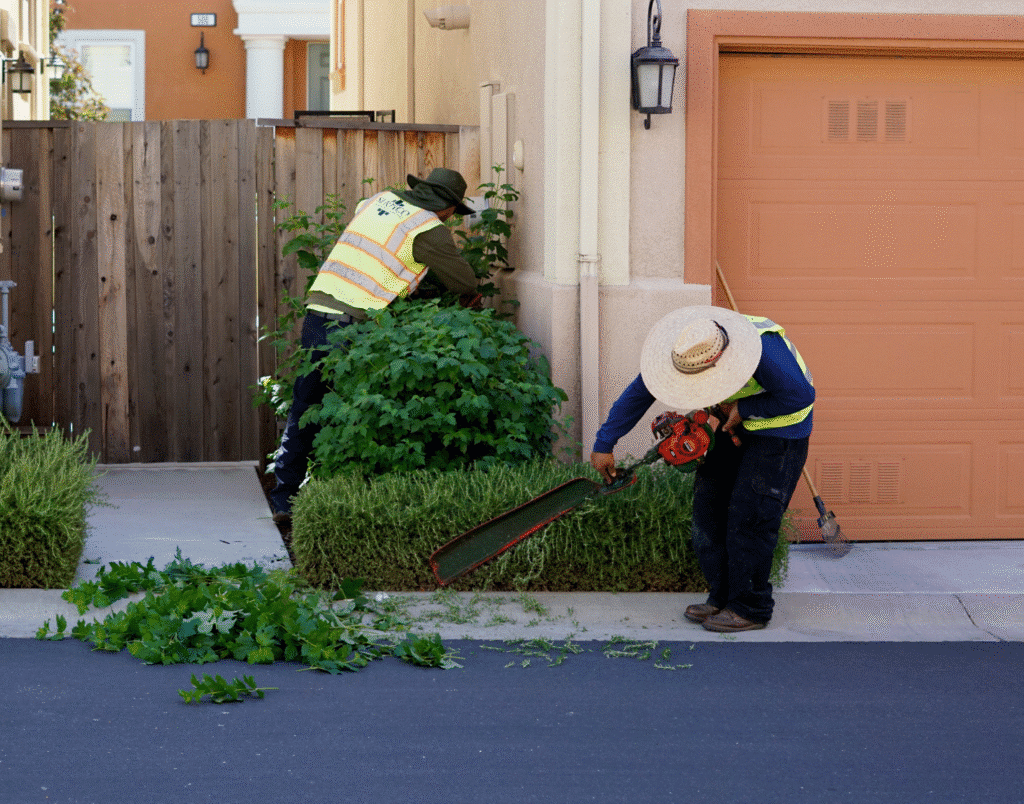
Regular safety meetings bring tangible advantages to lawn care companies, positively affecting both the workforce and the bottom line.
Reduction in Workplace Injuries
Consistent safety discussions help lower the incidence of injuries by keeping protocols fresh in employees’ minds. With fewer accidents, companies experience reduced downtime, lower workers’ compensation costs, and a more reliable project schedule.
Improved Team Morale
When employees see that their safety is a priority, they feel valued. Meetings that encourage open dialogue and input help build trust and teamwork. Engaged employees are more likely to take ownership of safety practices, leading to a more cohesive and responsible work environment.
Enhanced Efficiency
A safe work environment means fewer disruptions during the workday. When safety is integrated into daily routines, employees can focus on productivity rather than worrying about potential hazards. This alignment of safety and efficiency leads to smoother operations and greater overall performance.
Key Topics to Cover in Lawn Care Safety Meetings
For safety meetings to be effective, they must address issues that directly impact your team’s work. Focusing on these key topics helps ensure that meetings are relevant and actionable.
Seasonal Safety Concerns
Landscaping risks change with the seasons. During summer, meetings should address heat-related issues such as dehydration and heatstroke, along with strategies to stay cool and take regular breaks. In winter, discussions might focus on ice hazards, proper clothing, and safe handling of slippery surfaces.
Equipment Safety and Maintenance
Topics should include:
- Pre-Use Inspections: Teach employees to check for worn parts, loose fittings, or leaks before using any tool.
- Safe Operation: Emphasize proper handling techniques and adherence to manufacturer guidelines.
- Maintenance Routines: Outline simple steps for cleaning and storing equipment to maintain peak performance.
Emergency Preparedness
Reviewing emergency protocols prepares your team for unexpected incidents. Safety meetings can cover:
- First Aid Basics: How to respond to injuries and when to seek professional help.
- Weather Emergencies: Steps to take during severe weather, including evacuation procedures and safe sheltering.
- Fire Safety: Guidelines for using fire extinguishers and handling flammable materials.
Proper Use of Personal Protective Equipment (PPE)
Ensuring that PPE is used correctly is crucial. Meetings should stress:
- Eye and Hearing Protection: The importance of wearing goggles and ear protection when working with loud or dangerous equipment.
- Hand and Foot Protection: Using gloves and appropriate footwear to prevent cuts and other injuries.
- Visibility Gear: The need for high-visibility clothing when working near vehicles or in low-light conditions.
Encouraging Employee Engagement
Safety meetings should be interactive. Encourage employees to:
- Share observations and personal experiences.
- Report potential hazards.
- Suggest improvements for safety protocols.
This open dialogue not only improves safety practices but also builds a supportive team culture.
Practical Tips for Conducting Effective Safety Meetings
Beyond the topics covered, the way meetings are conducted can greatly influence their effectiveness. Here are some streamlined tips to ensure your safety meetings are concise and impactful.
Maintain a Consistent Schedule
Regularity is key. Hold meetings on a set schedule—weekly, biweekly, or monthly—as appropriate for your workload and seasonal demands. Clearly communicate the schedule to all team members to reinforce commitment.
Focus on a Few Key Issues
Keep each meeting targeted by concentrating on two or three primary topics. This focus allows for deeper discussion and clear, actionable takeaways.
Incorporate Hands-On Training
Whenever possible, include practical demonstrations. Hands-on learning reinforces the concepts discussed and enhances retention.
Foster Open Communication
Create a relaxed atmosphere that encourages employees to speak up. This can be achieved through short group discussions or by soliciting feedback after presenting key points. When employees contribute, they are more likely to remember and apply the safety practices discussed.
Keep Meetings Brief and Engaging
Respect your team’s time by keeping meetings concise—aim for sessions that are informative yet not overly lengthy. A focused agenda helps maintain attention and ensures that important points are covered without unnecessary digression.
Follow Up with Recaps
End each meeting with a brief summary of the main points and any action items. This helps solidify the learning and ensures that everyone is on the same page when they return to work.
Connecting Safety Practices with Efficient Equipment Use
Integrating modern tools into your safety protocols can further enhance workplace safety and efficiency. Innovative solutions such as Mulch Mule play a significant role in reducing physical strain and streamlining operations.
Enhancing Safety with Mulch Mule
The Mulch Mule is designed to ease labor-intensive tasks, such as material handling, by automating repetitive and strenuous work. Its features—including a live floor system and an efficient hopper discharge mechanism—reduce the physical demands on workers. When safety meetings cover proper equipment use, training on the same principles outlined in the Mulch Mule Operating Manual can emphasize:
- Correct operating procedures to minimize injury risks.
- Routine maintenance practices to ensure reliable and safe operation.
- The role of ergonomic design in preventing common injuries such as back strain.
Using such tools allows employees to work faster and with greater precision, reducing the likelihood of accidents while increasing overall productivity.
Supporting Continuous Productivity
By pairing advanced equipment with regular safety training, teams can maintain productivity throughout the year. Whether dealing with seasonal challenges like cold weather or managing heavy loads during peak periods, well-maintained tools and proper operational practices contribute to a consistent workflow and fewer interruptions. Advanced equipment exemplifies modern ergonomic design and efficient handling techniques, further enhancing overall safety for landscaping teams.
Developing a Comprehensive Safety Program for Lawn Care Teams
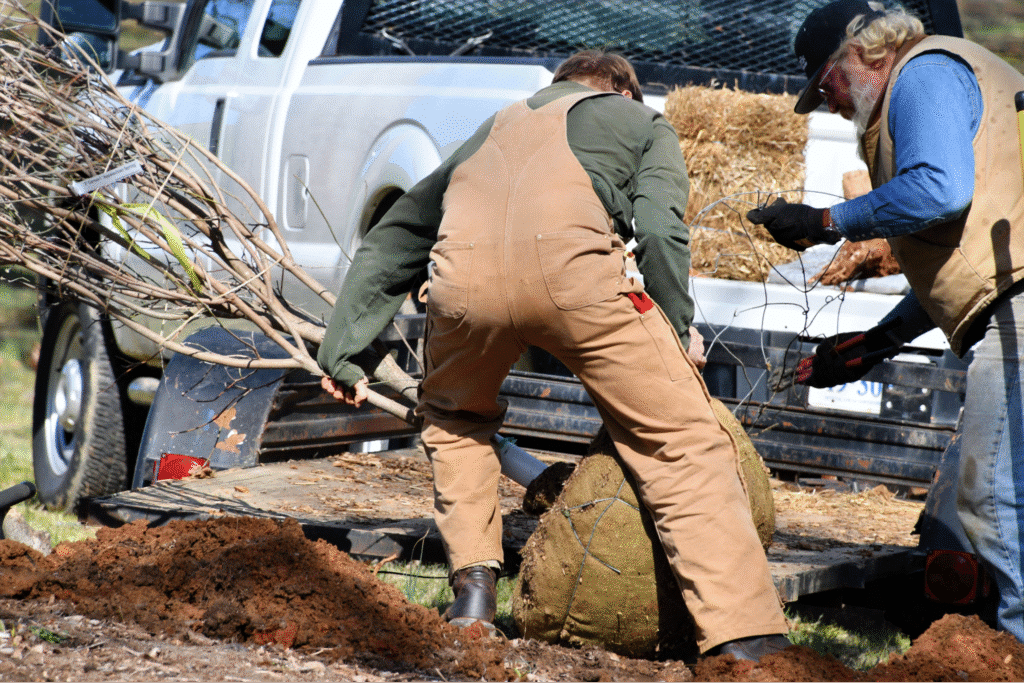
Creating an all-encompassing safety program involves clear guidelines, ongoing training, and leveraging the right tools to manage risks effectively. Start by establishing a documented set of safety protocols customized to the unique needs of your landscaping projects. This documentation should include step-by-step procedures for equipment use, emergency responses, and best practices around PPE usage.
Training sessions should be updated regularly to include seasonal hazards and new equipment. It is crucial to track safety performance with regular reviews and employee feedback. By setting measurable goals—such as reduced incident rates or improved maintenance routines—management can continuously refine safety processes and recognize team improvements.
A comprehensive safety program results in a proactive culture where prevention, preparedness, and continuous learning work together—ensuring a sustainable and secure working environment for all landscaping professionals.
Cultivating a Culture of Safety and Efficiency in Lawn Care Operations
Regular safety meetings are not merely a checklist item—they are a strategic investment in the well-being of your team and the efficiency of your operations. These sessions foster open communication, enhance skill development, and build a culture where safety and productivity go hand in hand.
By implementing regular, focused safety meetings and integrating innovative tools, such as the Mulch Mule, into your daily practice, you can significantly reduce workplace injuries, boost team morale, and improve overall project performance. Take decisive action today by scheduling your next safety meeting and equipping your team with the knowledge and tools needed to excel. Check out our customer testimonials to learn how other professionals have enhanced safety and efficiency, and reach out today to set up a live demonstration of the Mulch Mule trailer.
Embrace a culture of safety and efficiency to help your business grow—because every smart safety decision today lays the groundwork for a stronger, more productive tomorrow.
